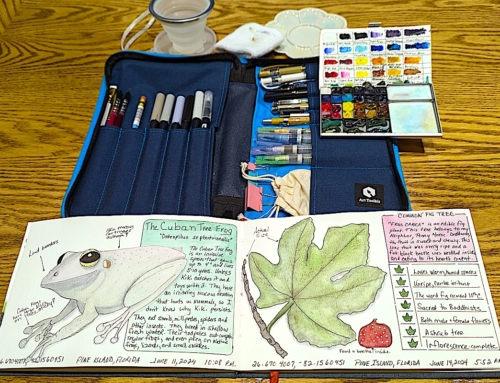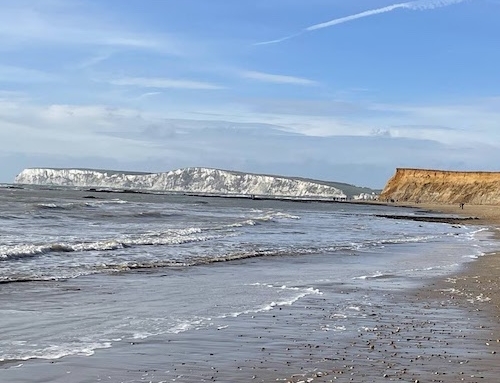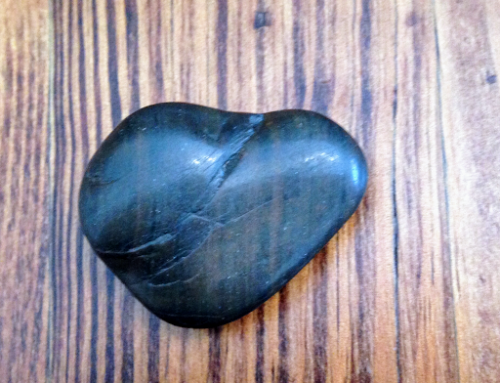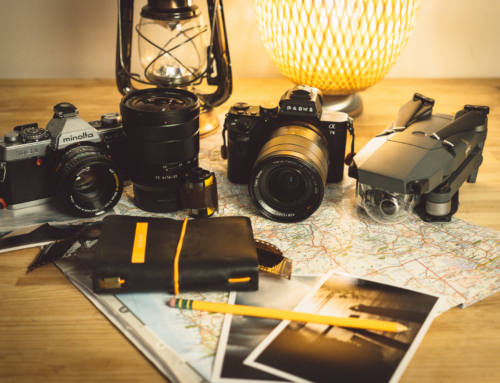If you’re into travel writing, then you had better be paying attention. Not to this article—although it contains helpful advice for gathering intel during your next trip.
You need to pay attention to everything and everyone and everywhere while you’re abroad because you never know what, who, or where will become fodder for a feature. Don’t make the mistake of deciding what you’re going to write about beforehand; instead, take your time. Look around. Use your senses. What do you see? Smell? Hear? Feel?

So, you should probably avoid this while driving. It stops you from observing!
Your trip may not be an exciting expedition to Mt. Everest or a stunning safari of the African Savanna, but that’s okay. Some of the best feature articles come from ordinary situations and the most ordinary questions.
One of the biggest favors you can do for your travel writing is to think like a child: look around yourself in wonder. Ask “Why?” and listen to the answer. If something strikes you as interesting, others will feel the same way. Your task is to convey the excitement you felt at your discovery to the reader.
As Margaret Davidson notes in A Guide for Newspaper Stringers, the difference between being a good writer and an average one is keen observation.
“A good writer is a good observer—of people, surroundings, ideas and trends, and the general flotsam and jetsam of the world around,” she writes.
What makes a good observer, you ask?
Davidson explains, “Some people seem to go through life with blinders on. They are so wrapped up in their own comings and goings they are unaware of the ebb and flow around them. But others observe the world in sharp detail with the vision to see everything in perspective, appreciating its true value.”
So, are you wearing blinders? And if so, what can you do to prevent being an oblivious, average writer? Here are some tips to help sharpen your focus in your travel writing:
PLACES
Before you travel, research the minute details about your destination. Find out the unusual and interesting before you begin your journey. Then when you get there, take time to absorb and appreciate it. Stand in awe before the landmark, proud in the knowledge that you could be its tour guide. If you know the place in and out, your senses will be free to explore.
An excellent tool that works well at connecting reams of information with locations is Wikipedia. By using the geolocation ability of Google Maps, this is a traveler’s valued resource.
Create a digital scrapbook of your intended destination and cram it with Wiki articles, photos, links to videos, and even podcasts. Make a Google Map and place pins on your planned points of interest, and then add photos and links to these pins. Each time you add data to your scrapbook, you learn—and retain—a bit more. Keeping it simple and on a mobile device such as a smartphone or a tablet means you can take it with you on the journey.
PEOPLE
Meeting new people can be the best part of traveling. As a writer, you may want to feature those you meet in an article or essay—Bruce Garrison advises in Professional Feature Writing that you “think about him or her from a writer’s professional point of view. Is this person worthy of a feature story? What makes him or her interesting to readers? What has the person done that others would like to know?”
Remember, if you liked this person, then you must have something interesting to share about him or her. Shed the blinders and study the person, memorizing details about their physical traits and personality. Jot down notes before you forget and snap a photo if you can.
Keep in mind you’re not writing a biography—you’re capturing a moment, a memoir, a brief account of how they touched your life and enhanced it.
THINGS
We’ve surrounded ourselves with “things”—the artifacts of civilization. We’re inundated with items to the point they often fade into the background. If you’re interested in writing about some “thing” then you need to bring it to the forefront. Make the reader care enough to notice it.
Do this by harnessing your natural curiosity. Put on your X-ray goggles and study the item. When writing about things, answer the standard questions: Who, What, When, Where, Why, and How. By incorporating these elements, you’ll fulfill most readers’ needs.
If you’re writing a product review, you’ll want to ask additional questions. The general description of the product will contain the five Ws, including size, weight, price, installation, packaging, the difficulty of use and unusual features. You’ll want to describe the type of buyer who would find the product useful—who’s the intended customer? If you’re reviewing a product that isn’t waterproof, then tell the audience it isn’t intended for underwater use. Also, demonstrate personal experience with the product. You can accomplish this with photos or video, or with a detailed description of your use of the product. Finally, resist being a “fanboy” or “fangirl.” Products have pros and cons, so help the buyer make an informed decision.
Writing isn’t difficult. Writing something interesting? Well, that’s a different story. Whether you’re writing about a person, a place or a thing, if you don’t include your own sense of wonder, your sense of curiosity, then you cannot ask the same of the reader.
Be a child first. Ask why. Listen, and then share the answer.
What other travel writing advice would you add?













